Prepare early, from afar
According to statistics from the Vietnam Road Administration, the total cost needed to overcome the consequences of storm and flood damage in the road sector is up to more than 2,000 billion VND.
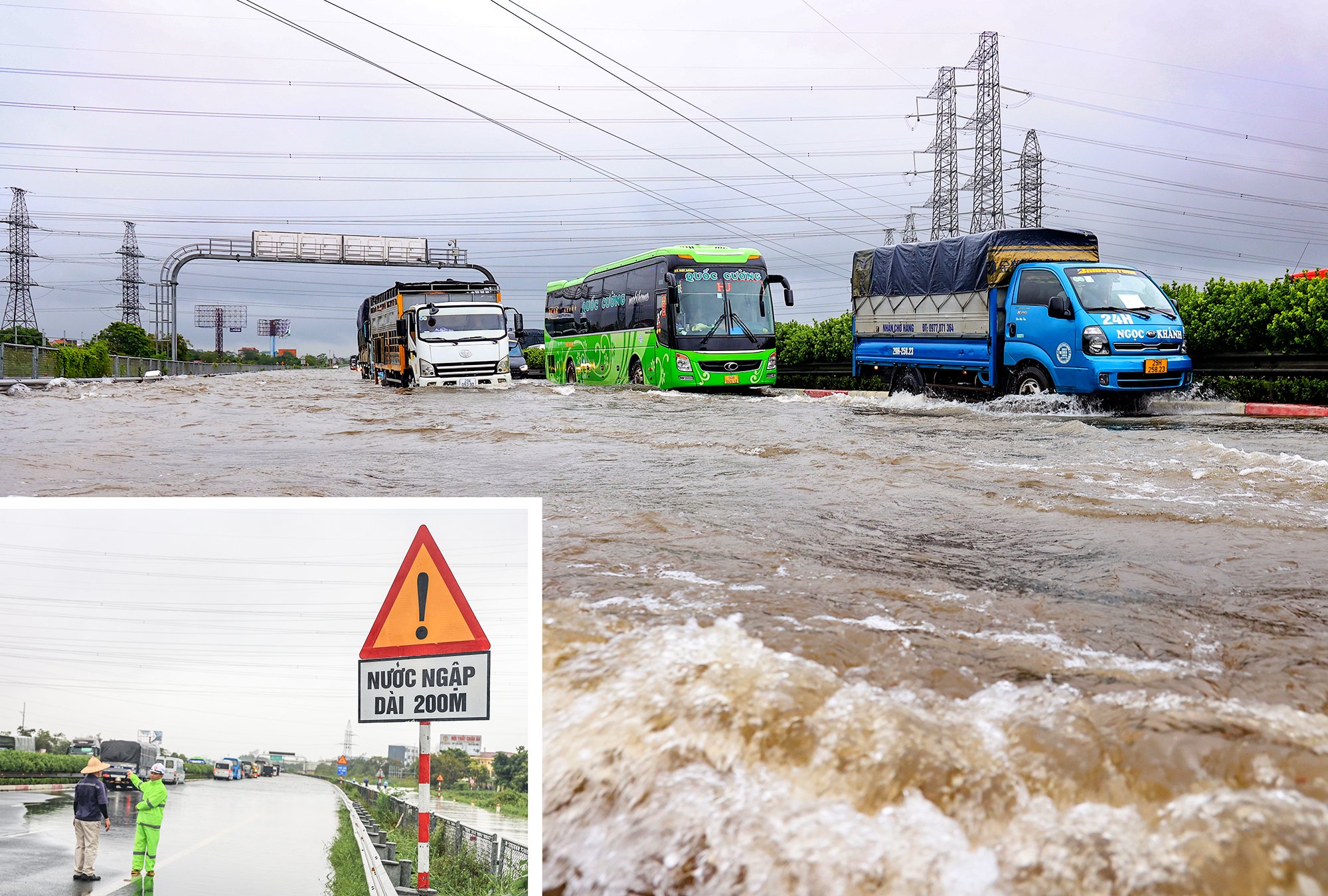
If the Phap Van - Cau Gie Expressway is not handled flexibly and promptly, flooding could lead to the isolation of Hanoi. Photo: Ta Hai.
Mr. Bui Quang Thai, Director of the Vietnam Road Administration, said that the first lesson learned after storm No. 3 is to prepare early, from afar, and proactively develop an implementation plan in advance. The plan is also adjusted flexibly and promptly to adapt to the level of devastation caused by storms and floods.
"For example, the working group of the Roads Department went directly to the Phong Chau bridge area, coordinated with the locality to support the recovery. When the water rose, the pontoon bridge had to be removed and switched to ferry transportation. Or when the Phap Van - Cau Gie expressway was flooded, if not handled flexibly and promptly, it would lead to Hanoi being isolated," Mr. Thai cited.
According to Mr. Thai, the motto "4 on-site, 3 ready" has been effective, on-site materials and on-site logistics forces have been flexibly used, and timely mobilized between road management areas, from far away to near to ensure traffic...
Shorten procedures, redefine unit prices
However, Mr. Le Hong Diep, Head of Traffic Organization Management Department, Vietnam Road Administration, said that through storm prevention No. 3, there were also limitations such as difficulty in finding locations to gather materials, compensation procedures for site clearance to build roads to avoid landslides, etc.
"Many roads are single-track, so accessing the site and opening the construction site to fix the problem is difficult. The unit price for landslide prevention, especially for placing rock cages, is very low, causing difficulties for the construction unit," said Mr. Diep.
According to Mr. Diep, the complete restoration of infrastructure will take a lot of time and a large amount of money. Therefore, it is necessary to prioritize allocating resources to overcome the consequences of natural disasters and amend appropriate regulations, including the standards for landslide prevention and other standards.
"From the lessons of Trung Ha and Phong Chau bridges, it is necessary to study and develop specialized inspection standards for bridge piers and abutments. Current general regulations are not clear in conditions of heavy rain and floods. Resources for units to overcome the consequences of storms and floods still face many difficulties, limiting their initiative," said Mr. Diep.
Prof. Dr. Bui Xuan Cay, senior lecturer of the Faculty of Construction, University of Transport, said that each level of construction is designed with a specific frequency of storms and floods. With super storm No. 3, no matter how well prepared for prevention, there will still be damage to a certain extent. This happens not only in Vietnam but also in developed countries.
"To quickly overcome this problem, it is necessary to prioritize budget resources for disadvantaged localities, shorten investment procedures, and allow investors to designate contractors," Mr. Cay proposed.
Urgent need urgent solution
The 2024 Road Law stipulates that road infrastructure must be built to adapt to natural disasters and climate change. However, experts say that the law only provides principles and needs to be quickly reviewed, revised, and appropriate standards and regulations developed.
According to Dr. Duong Nhu Hung, Ho Chi Minh City University of Technology, to reduce negative impacts, it is necessary to carefully assess the natural disaster risks in each area. Areas that are often subject to high risks need to apply higher design standards.
Prof. Dr. Bui Xuan Cay said that developing effective adaptation strategies requires appropriate investment policies, forecasting the level of impact and scope of impact to have flexible adaptation solutions.
According to Mr. Bui Quang Thai, the standards for materials in flood and storm prevention and control are no longer suitable, especially on-site materials and equipment. Due to the urgency, materials and machinery must be mobilized promptly, so it is impossible to follow the usual unit price standards. A new approach is needed, with its own mechanism, and cannot be followed in sequence under normal conditions.
"When a state of emergency or an emergency construction order is declared, it must be done as quickly as possible. When drafting a circular guiding the Road Law on storm and flood recovery, the Road Administration will study and propose solutions to speed up the process and reduce administrative procedures," said Mr. Thai.
The new Road Law promulgated by the National Assembly stipulates: Investment and construction of road infrastructure works must ensure technical standards, standards, and technical levels of roads, and have solutions to meet the requirements of adapting to climate change; ensuring flood drainage and requirements for natural disaster prevention and control. Currently, documents guiding the implementation of the law have been and are being urgently developed and comments are being collected.
Source: https://www.baogiaothong.vn/nhieu-bai-hoc-giam-thiet-hai-duong-bo-sau-bao-lu-192241021231847597.htm



![[Photo] General Secretary To Lam concludes visit to Russia, departs for Belarus](https://vphoto.vietnam.vn/thumb/1200x675/vietnam/resource/IMAGE/2025/5/11/0acf1081a95e4b1d9886c67fdafd95ed)
![[Photo] General Secretary To Lam meets and expresses gratitude to Vietnam's Belarusian friends](https://vphoto.vietnam.vn/thumb/1200x675/vietnam/resource/IMAGE/2025/5/11/c515ee2054c54a87aa8a7cb520f2fa6e)


![[Photo] General Secretary To Lam arrives in Minsk, begins state visit to Belarus](https://vphoto.vietnam.vn/thumb/1200x675/vietnam/resource/IMAGE/2025/5/11/76602f587468437f8b5b7104495f444d)


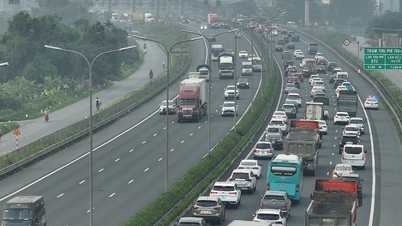


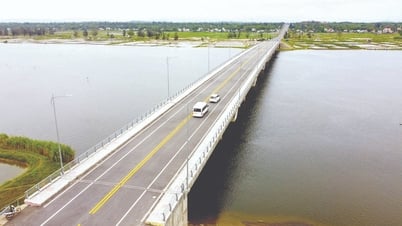

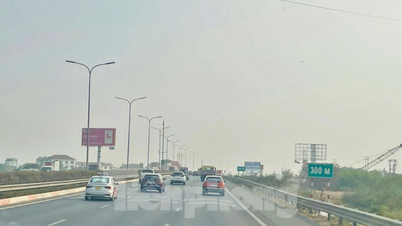
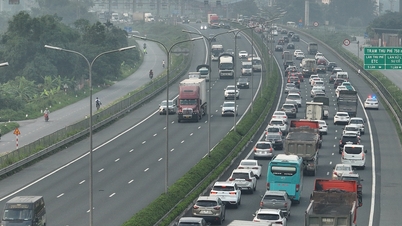










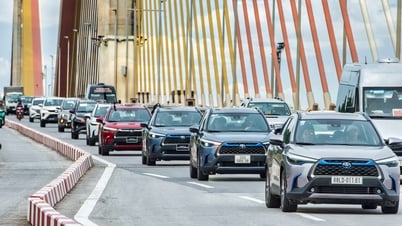





![[Photo] National Assembly Chairman Tran Thanh Man attends the Party Congress of the Committee for Culture and Social Affairs](https://vphoto.vietnam.vn/thumb/1200x675/vietnam/resource/IMAGE/2025/5/11/f5ed02beb9404bca998a08b34ef255a6)

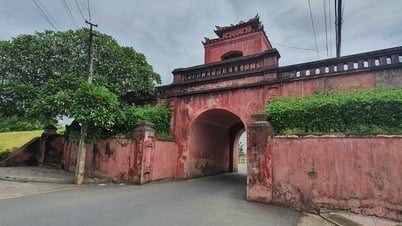

















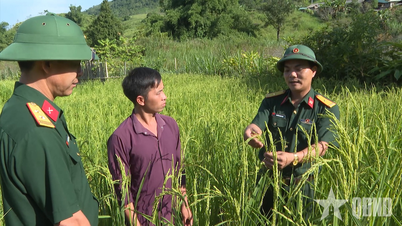










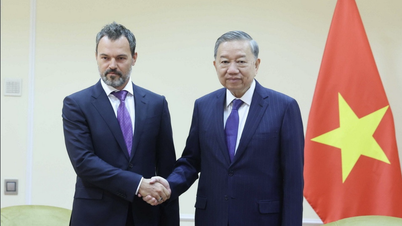








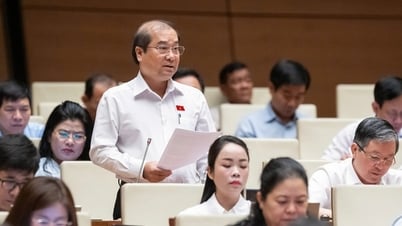







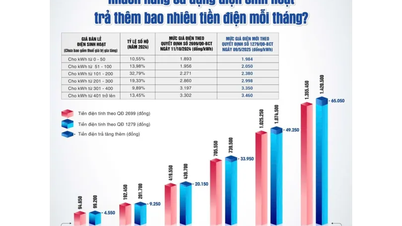




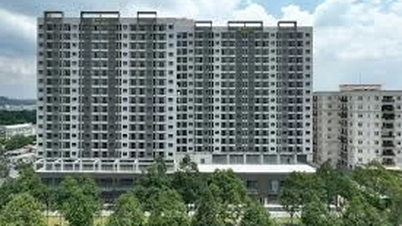


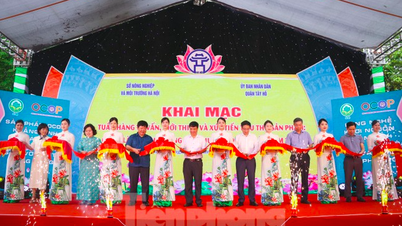






Comment (0)